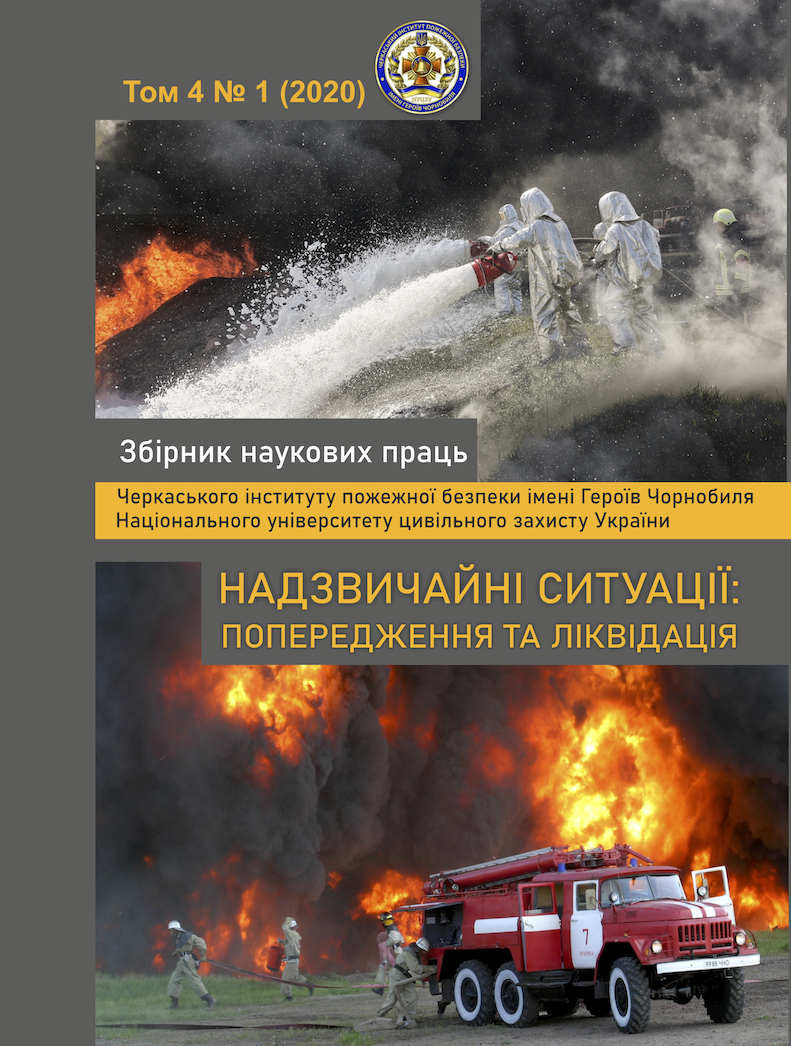ОЦІНКА КІЛЬКОСТІ ШКІДЛИВИХ РЕЧОВИН В ПРОДУКТАХ ЗГОРАННЯ ПРИ ПОЖЕЖІ РОЗЛИТИХ ГОРЮЧИХ РІДИН, ТА ЕКОЛОГІЧНИХ ВТРАТ ВНАСЛІДОК ТАКОЇ ПОЖЕЖІ
Ключові слова:
нафта, горіння рідин, шкідливі речовини, екологічні втрати
Анотація
Предметом дослідження стали шкідливі речовини, що утворюються при спалюванні розлитих горючих рідин. В роботі визначений склад та кількість речовин, що утворюються при згоранні одиниці маси вуглеводневого палива в умовах пожежі та визначена екологічна шкода від цього. Розроблена методика орієнтовної оцінки кількості шкідливих речовин, що потрапляють в оточуюче середовище та екологічних втрат від забруднення навколишнього середовища при пожежі розлитих горючих рідин. Підраховано, що при горінні нафти на поверхні водойми, екологічні втрати від пожежі орієнтовно складають 708 грн/т нафти.


